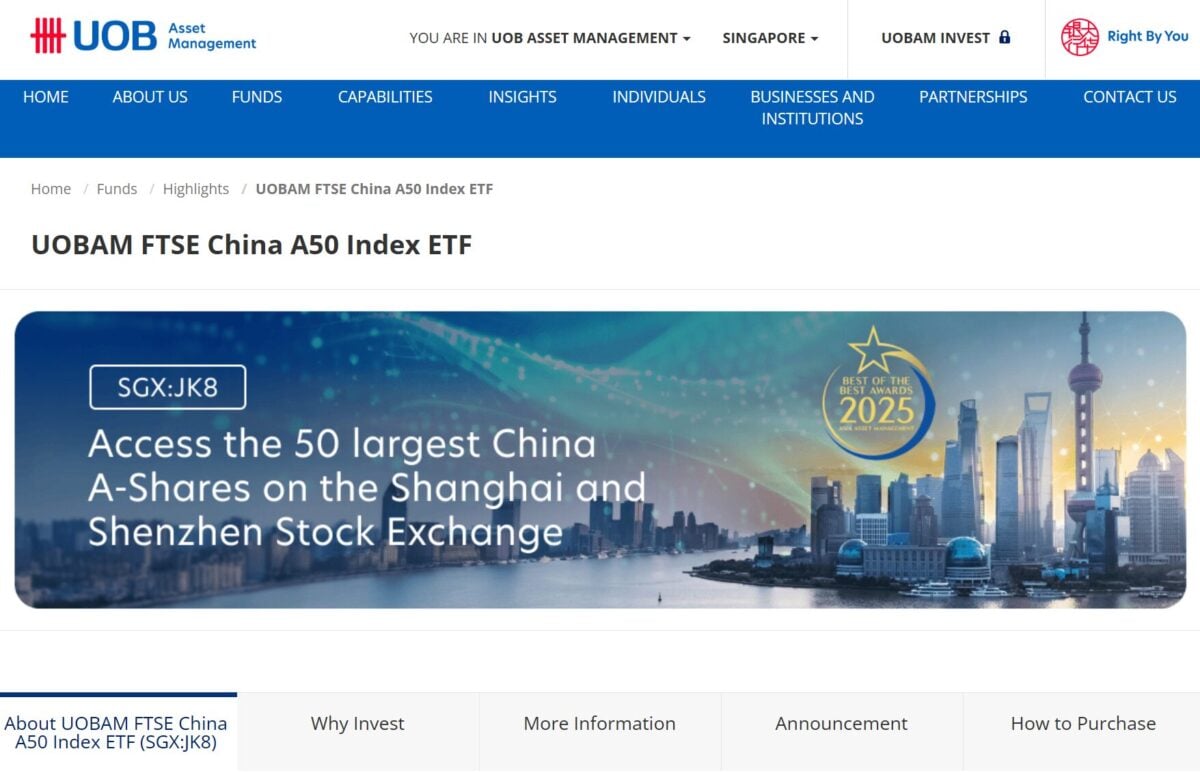
In today’s environment of rising prices and expectations for a better quality of life, no one can blame us for feeling like certain financial milestones, such as saving $100,000 by age 30, are out of reach.
However, understanding how hard it is to reach the landmark $100, 000 in savings or an investment portfolio is only possible by crunching the number and looking at the available data.
Understanding The Average Wage In Singapore
First off, we need to understand the average, or median, salary of young Singaporeans today. According to the Labour Force in Singapore 2024 report, the median monthly salary (excluding employer CPF contributions) was $4,860.
Of course, younger workers generally start out earning less than this headline amount. Look at the median monthly salary across three age groups (15-19, 20-24, and 25-29), we learn that the monthly take-home pay of an average young Singaporean is $1,000, $2,800 and $4,018 respectively – excluding employer CPF contributions.
Saving and investing a sizeable amount of your disposable income – i.e. your take-home pay after CPF contributions and necessities such as utilities or groceries – is not easy but there are certainly still ways for investors below to reach the $100,000 by 30 financial goal.
Read Also: What’s The Median Salary In Singapore (At Every Age, Gender, Education and Race)
Start Your Investing Journey Earlier
That old saying of “time in the market, not timing the market” rings even more true when you’re just starting your investment journey (hopefully as young as in your teenage years).
While the median across the three age groups may not be very high in nominal terms, a small contribution monthly can compound significantly over time. In terms of Dollar Cost Averaging (DCA), which typically means investing into the stock market at regular monthly intervals, young Singaporeans can start building momentum in growing their investment portfolio.
So, how much would you need to contribute per month to reach $100,000 in your investment portfolio by the age of 30? That very much depends on when you start putting money to work.
For most investors globally, putting your money into the stock market will yield the best “average” return over the long term. When we say “long term”, your investment horizon should be least 10-15 years if not longer. In other words, you should not be relying on this portfolio for your everyday expenses or even nearer-term payments for your university education, home downpayment or renovation costs.
Over the long-term, global equities have, on average, given investors a total nominal return in the range of 8% to 10%. While the future is never certain, this figure has a track record of holding relatively steady over the past 100 years.
So, even if you’re a fresh-faced 15 year-old with some spare “hong bao” money – or savings from your side hustles – investing just $300 per month for 15 years you help you reach the $100,000 goal by the time you’re 30.
Over the 15 years horizon, you would have invested $54,000 in actual cash – or about half of your eventual $100,000 portfolio. The other $46,000 would be earned through “time in the market” compounding the 8% market returns over 15 years.
Start Investing With Interactive Brokers (IBKR) :
Interactive Brokers (IBKR) charges one of the most competitive brokerage commissions and offers one of the most extensive lists of investment markets and products for Singapore investors.
To better visualise this journey, you can see the dark blue line in the chart below representing the overall portfolio growth over 15 years, while the light blue line represents the cumulative $3,600 investments (amounting to $54,000) over the time frame.

Read Also: How Much Money You Should Have In Savings (And/Or Investments) According To Your Age In Singapore
Delaying Means More Taxing Investment Amounts To Meet $100k Goal
What if you delayed your start date and only began investing 10 years later at the age of 25 years old – only when you start your actual career proper. This is not a far-fetched scenario for many of us.
Your monthly contributions would have to increase 5-folds to around $1,500 a month for your investment portfolio to hit $100,000 by the time you’re 30 (based on that average 8% annualised return). You’re not only starting later and have fewer years till you reach 30, but you’re also giving up investment returns during the years you stay out of the market.
You can see this difference in the chart below (dark blue lines vs dark orange lines). At the same time, you can also observe that your cumulative investments – light orange line vs light blue line – would be close to 1.5x at over $75,000 (compared to $54,000 if you started 10 years earlier).

The shorter your time horizon, the less time you have to compound your returns. Moreover, you would have to contribute much more to your portfolio each month to reach the same goal.
There Will Also Be More Volatility And Less Certainty Over Your Portfolio Returns
Starting at age 25 would mean having to really ramp up your monthly contribution, with the $100k goal only achievable if you invested a whopping $1,500 per month for five years.
At the same time, you will also have less certainty of your average return from the stock market given the volatility involved in stock investments. Remember the long-term returns of 8% need to be earned over the long term, and the shorter your investment horizon, the less certain this number becomes.
While this is an interesting hypothetical scenario for young Singaporeans, it also does shed some important truths about the benefits of starting to invest earlier. Small contributions from a younger age are much easier to manage than having to cough up close to 40% of the median salary when you’re 25 to 29 years old ($1,500 monthly contribution, when the median salary is $4,000).
If we look at the percentage terms of the median salary when you start at 15 years old, that $300 amount works out to just 22% of the median salary of $1,350 across the 15-19 age group, 11.5% across the 20-24 age group, and 7.5% across the 25-29 age group. This provides a great incentive for those in their teenage years to take up part-time jobs or start a side hustle.
Obviously, you can always invest more when you are earning more in you later years. But, do note that your financial responsibilities may also rise as you possibly have to care for your ageing parents and/or young children, as well as purchase a home and start paying bigger bills for your home utilities and groceries.
Being Disciplined And Patient When Investing
Even if young Singaporeans aren’t able to meet the $100,000 investment portfolio goal by age 30, this exercise serve to depict the importance of starting the compounding process earlier. If you can’t put aside $300, you can start with $100 or $200. If it is within your means, you can always go beyond the $300 amount used in our hypothetical scenario.
Starting earlier always makes it much easier, as your only have to contribute a lower percentage of your disposable income rather than having to make it up later in your career. Understanding how much money you can reasonably invest from a young age is critical as young people will still want to balance enjoying their life with planning for their future financial goals.
Whatever path you choose, reaching an investment portfolio that’s worth $100,000 by the time you’re 30 is certainly achievable but the key is to remain disciplined and patient over a long time horizon.
Start Investing With Interactive Brokers (IBKR) :
Interactive Brokers (IBKR) charges one of the most competitive brokerage commissions and offers one of the most extensive lists of investment markets and products for Singapore investors.
The post How Difficult Is It For The Average Young Singaporean To Achieve A $100,000 Investment Portfolio By Age 30? appeared first on DollarsAndSense.sg.











